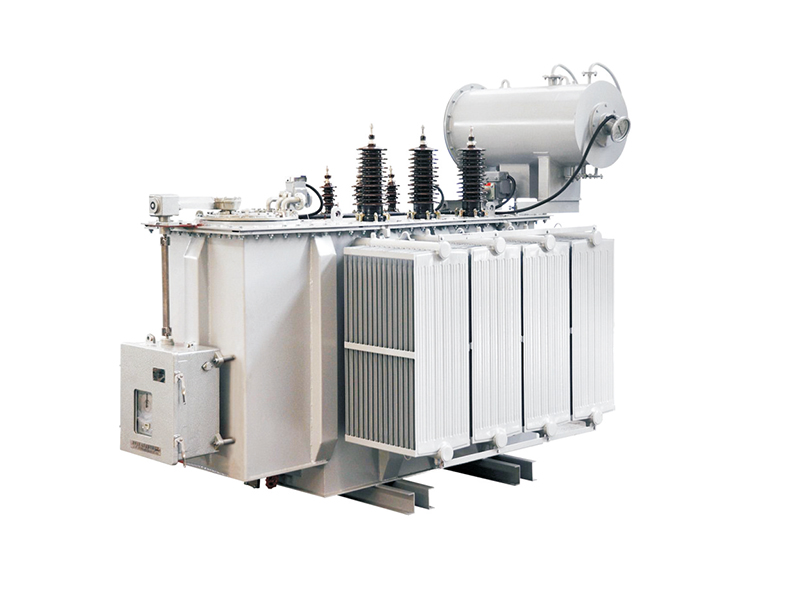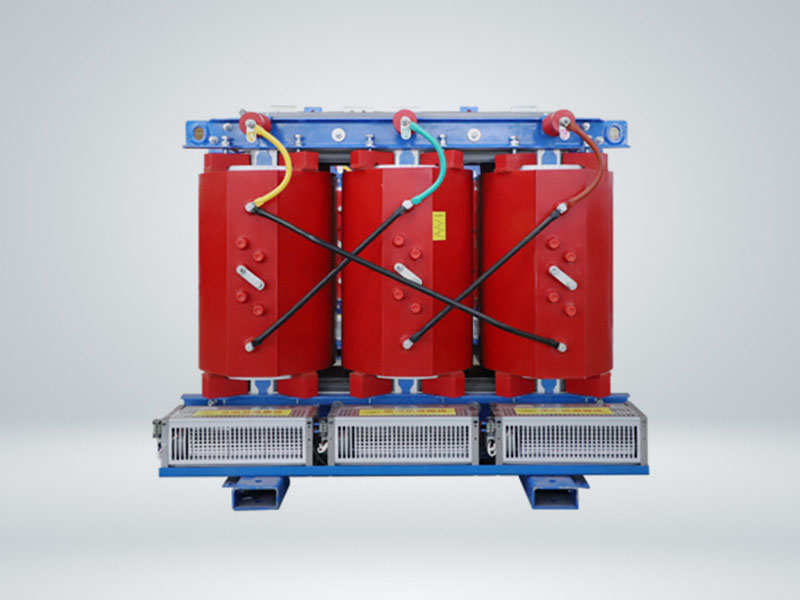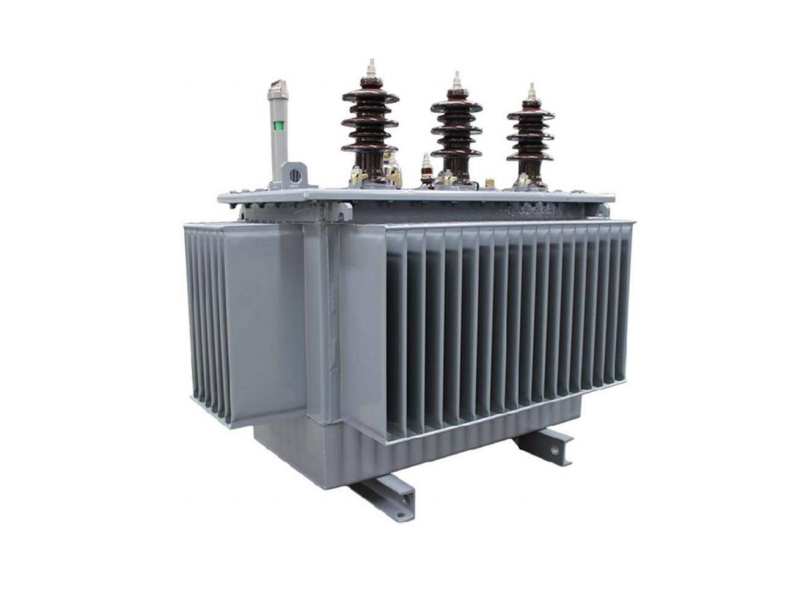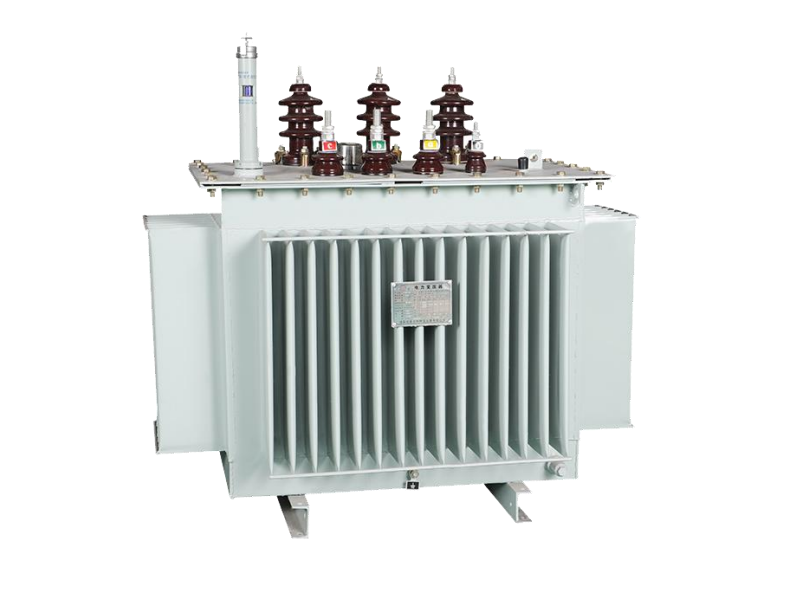The rated capacity of a transformer is the customary value of the apparent power under main tap. The capacity specified on the nameplate of the transformer is the rated capacity, which refers to the tap changer being located in the main tap, and is the product of the rated no-load voltage, the rated current and the corresponding phase factor. For three-phase transformers, the rated capacity=3 x rated phase voltage x phase current. The rated capacity is generally expressed in kVA or MVA.
We use the transformer process, but also often the nameplate blurred, broken. This situation makes it difficult to intuitively grasp the transformer parameters, and transformer capacity is one of the more important transformer parameters. The following is to talk to you about the experience of capacity calculation. This article on the choice, the use of transformers also have some help. Without further ado, continue to look down.

1.Transformer capacity calculation:
Calculate the size of the load carried by the transformer (it is necessary to calculate the maximum integrated load and convert the value of active load kW to apparent power kVA). If there are two transformers, the capacity of each transformer can be selected according to 70% of the maximum integrated load, and a transformer is considered according to the total load, also taking into account the appropriate margin.
Example: Selecting a 35/10kV transformer. Assuming a maximum load of 3500kW and a power factor of 0.8. two transformers with both capacities of S=0.7×3500/0.8=3062kVA can be selected, then a transformer of 3150kVA with a voltage ratio of 35kV/10kV can be selected. Then select the model number from the catalogue.
2.Transformer capacity calculation formula:
1) Calculate the maximum power of each phase of the load
Add the load power of phase A, phase B and phase C respectively. If the total load power of phase A is 10kW, the phase B is 9kW, and the phase C is 11kW. take the maximum value of 11kW. (Note: The power of single-phase equipment is calculated according to the maximum value on the nameplate. Three-phase equipment power divided by 3 equals the power of each phase of that equipment.)
2) Calculate the total power of the transformer
11kW x 3 phases = 33kW (total transformer power in three phases)
3) Calculate the total transformer power
Three-phase total power/0.8, this is the most important step. More than 90% of the transformers currently sold on the market power factor is only 0.8, so you need to divide the power factor of 0.8.
Total power = 33kW / 0.8 = 41.25kW
4) Calculate the total transformer capacity
Total transformer power / 0.85, according to the calculated load to select the capacity of the transformer. For a single transformer supplied with a stable load, the load factor is generally about 85%.
41.25 kW / 0.85 = 48.529kW (transformer power to be purchased), the purchase of 50kVA transformer can be selected.
3.Transformer capacity calculation needs some problems
- The rated capacity of the transformer, to ensure that the transformer in the specified conditions of normal operation of the maximum load apparent power.
- Load apparent power is the output power of the transformer, that is, the transformer can take the maximum load apparent power.
- Transformer rated operation, the transformer output apparent power is equal to the rated capacity.
- When the transformer is in rated operation, the input apparent power of the transformer is greater than the rated capacity.
- Due to the high efficiency of the transformer, it is generally believed that when the transformer is rated, the input apparent power of the transformer is equal to the rated capacity, and its calculation is basically accurate.
- Therefore, in the use of transformers, observe the transformer output current, voltage, power factor and its apparent power is equal to or less than the rated capacity (to meet the conditions of use) is safe.
- It is wrong for some people to believe that transformers have losses and must be operated at less than 90 per cent of their rated capacity.
- In the capacity design and selection of transformers, the safety factor multiplied by the calculated load is correct.
Conclusion
From these can be seen, the calculation of transformer capacity is not difficult. The main problem is to pay attention to these above problems.





